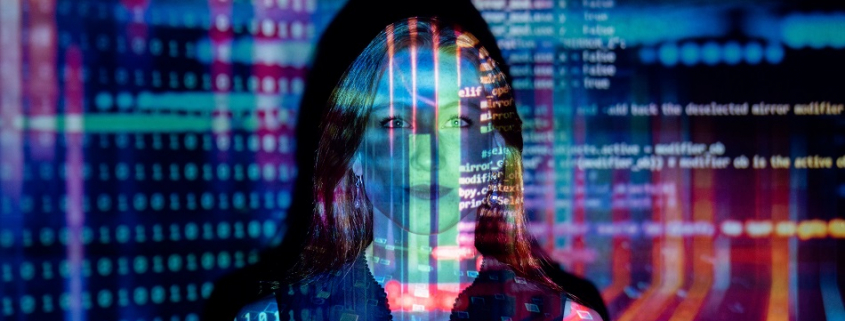The impact of COVID-19 on the future of homes: robotic disinfection, home healthcare, human adaptation
The pandemic is changing many aspects of our lives. One of the impacts is on homes and how we live.
Fellow futurist Mark Pesce and I were interviewed for an article just out titled From a sharing economy to a sterile economy: how will COVID-19 change our future homes?
Here are some of the quotes they used from me in the article:
Robotic disinfection
[The sterile economy] will also give way to some innovative cleaning products, including UV light robots, futurist Ross Dawson says.
“They’re mainly used in hospitals at the moment,” Mr Dawson says. “But just as we have Roombas or other robot vacuum cleaners at home, we could have robot disinfection units which go around a home, or potentially around apartment blocks or through a gym or other shared spaces.”
Voice and gesture control
Gone will be the days of pressing elevator buttons, turning door handles or touching screens at the checkout. Voice activation will be a key part of this, Mr Dawson says, but also gesture activation.
“A lot of people focus on voice,” he says. “But you can make gestures to open curtains or change volume levels on TVs. Also things like turning on taps or other things where you’re trying to avoid touch.”
Of course we’ve had this technology for a while – just think about those sensor taps in the airport bathroom. But we’ve now started to realise the value of these technologies, Mr Dawson says, and they will increasingly become a part of the everyday, not just in public spaces but in our homes.
“In most cases the pandemic has accelerated the application of technology to homes because there’s now more compelling reasons to do so.”
Home offices focused on AV
The obvious one is the need for the home office, Mr Dawson says, with many people now working from home. He predicts architects and developers will prioritise soundproof home offices with built-in technology such as green screens for video conferences and presentations.
Data and AI-based home healthcare accelerates
But, he says, one of the most important changes to the home will be around health care – with sensors in different rooms to monitor our health and well-being.
“That can be from being embedded in the bathroom to detect our breath or to look at our complexion or to have in our chairs to weigh us or to get our pulse rate detected from our clothing,” he says.
“There’s an incredible amount of data we can have that can be used for preventative medicine and health care.”
The rise of sidewalk delivery robots
The way we receive deliveries could also be radically changed, with “sidewalk robots” bringing us our parcels and takeaway food.
“A lot has been made about airborne drone delivery of pizzas and things like that but, in fact, what is already happening at a pretty significant scale in certain communities is sidewalk robots,” Mr Dawson says.
Read more about the rise of sidewalk delivery robots
Existing technologies allow us to adapt faster and better than ever before
Pandemics throughout history have influenced the way we design our homes and our cities, but what is different today is the technology is mostly available for us to use straight away, Mr Dawson says.
“We’re worlds apart from a hundred years ago in terms of our capability to respond,” he says. “Humans are extraordinarily adaptable. We’re saying ‘let’s find a solution, let’s find the best way to do that’ and it’s a fascinating process to watch.”



